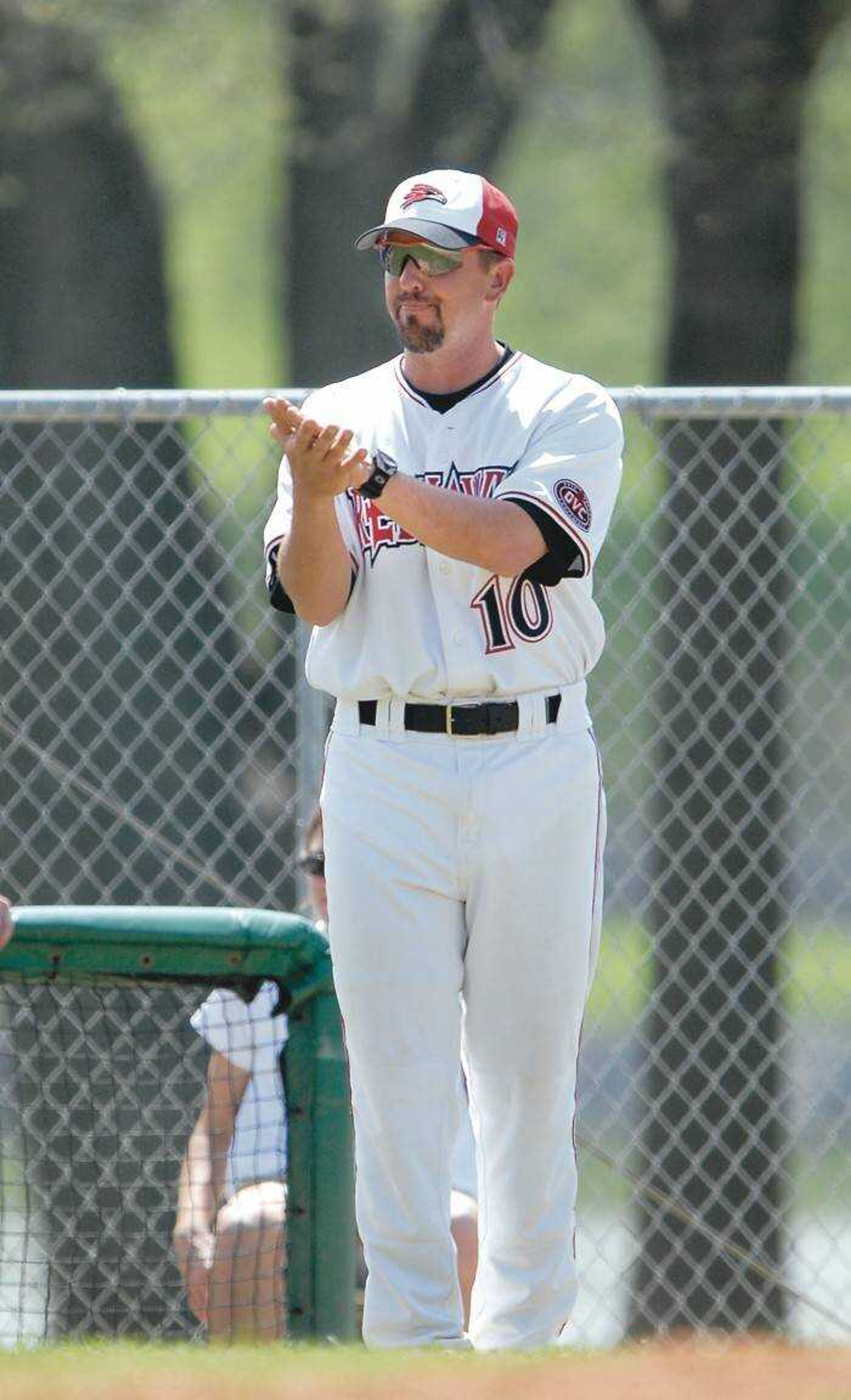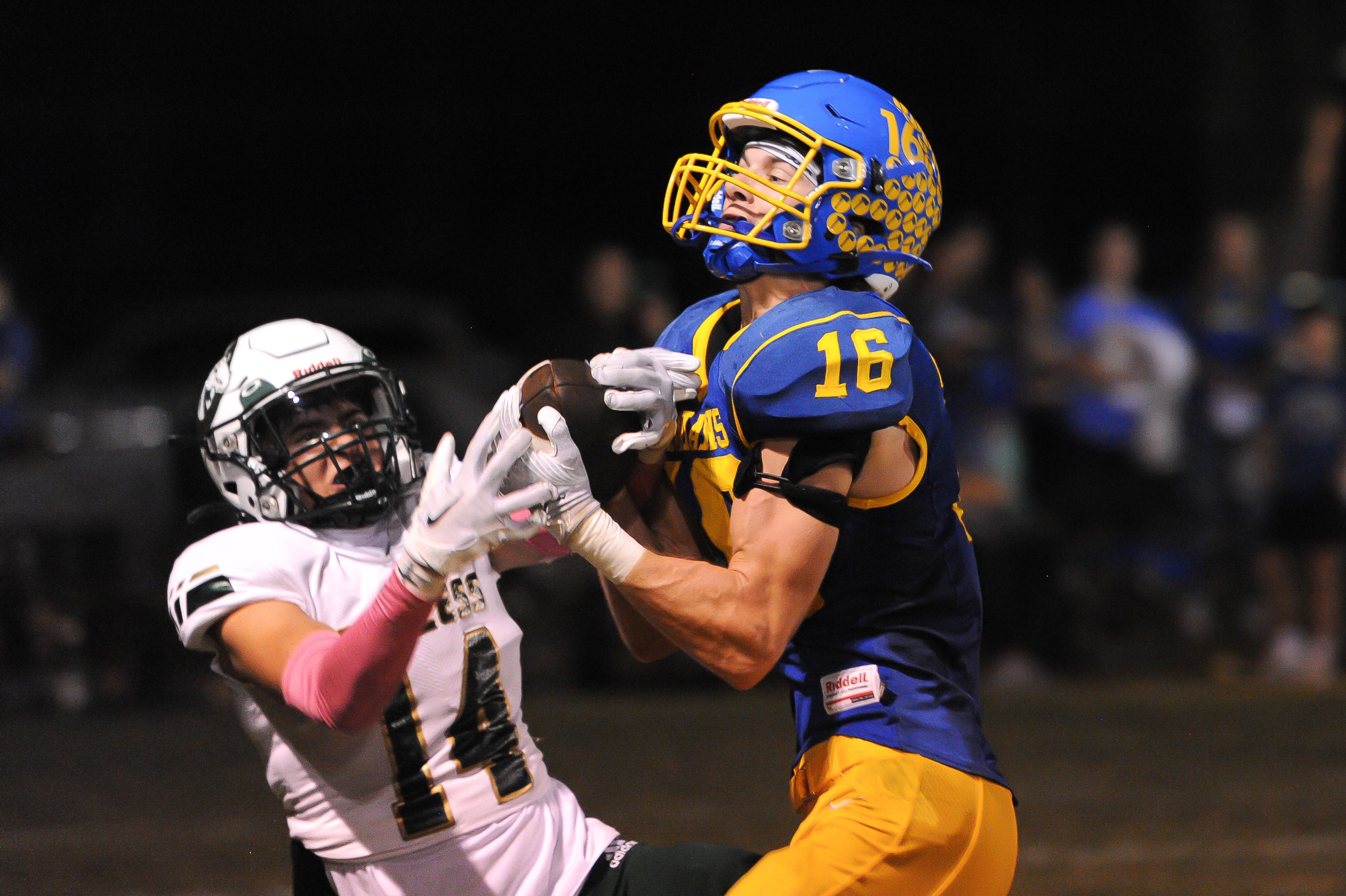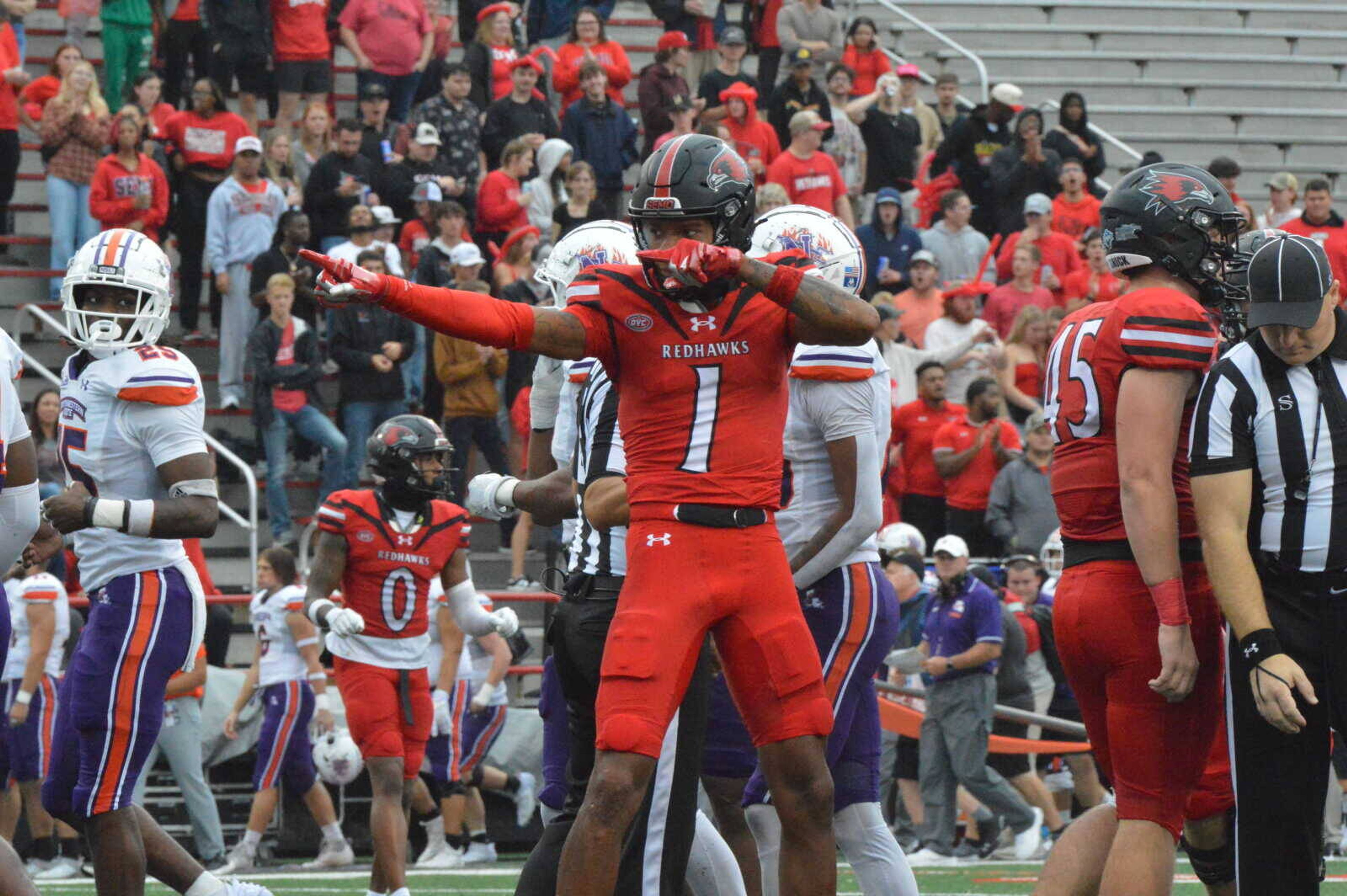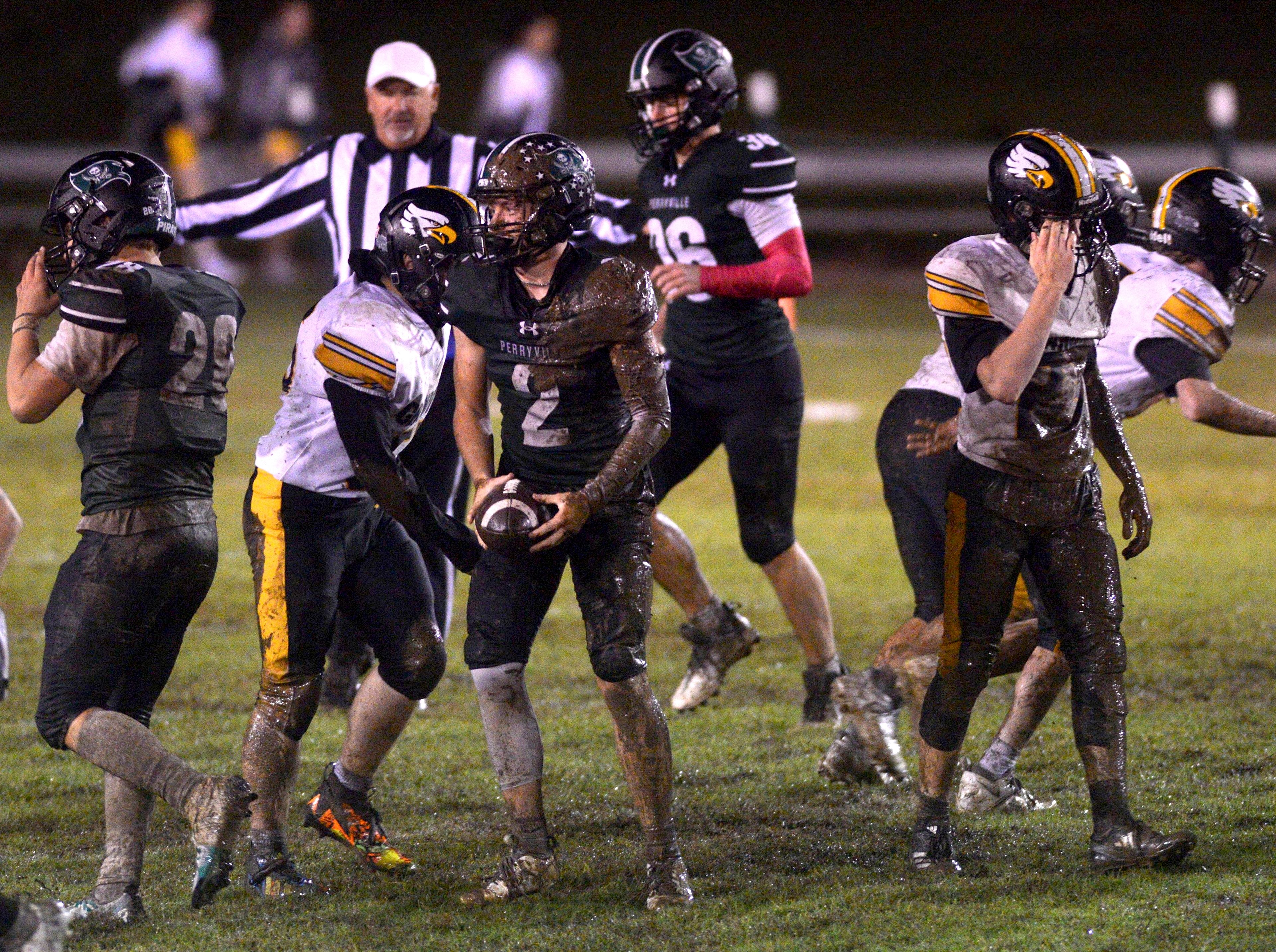Southeast Missouri State baseball coach Mark Hogan enjoys virtually every aspect of the sport that has been his profession for his entire adult life.
But the 53-year-old Hogan says he never ceases to be intrigued by the game within the game -- the art of silent communication relayed through signs that has been a major part of baseball throughout its history.
"It's just fascinating, and I really get a kick out of it," said Hogan, in his 12th season at Southeast. "It's a big part of baseball, and it has been forever.
"Most times I'm sure fans are so involved with watching what's taking place on the field, they don't even realize what is going on with all the signs that are being given, not only from the third base coach's box, but also from the dugout."
While Hogan coached third base for many years -- at both Southeast and at some of the other stops during his lengthy career -- that responsibility with the Redhawks for the past several seasons has fallen to assistant Scott Southard.
So Southeast fans attending games at Capaha Field will see Southard's hands in virtual constant motion whenever the Redhawks are batting.
Those hands will touch the bill of his Southeast cap and his belt, along with numerous areas of his body -- perhaps ears, nose, cheeks, chest, midsection, arms, wrists and legs -- in what seems like no reasonable pattern.
"There's a lot happening down there with Scott," said Hogan, who from the dugout relays signals to Southard as to what he wants done, then Southard conveys them through signs to the Southeast batters and baserunners.
But make no mistake -- there is a method to all this madness because the hidden messages relayed through signs often dictate a game's strategy and how a contest develops.
"They really are very important to the game," Hogan said.
Signs relayed from the third base coach to a batter generally revolve around things like taking a pitch, a sacrifice bunt, a squeeze, a hit-and-run, while signs relayed to a baserunner would convey those things along with steal attempts.
"It covers just about anything that might happen during a game," Hogan said.
Hogan emphasized, however, that the entire process is not as complicated as people might think.
Many of the signs given by a third base coach are simply decoys in the cat-and-mouse game between two squads.
Although systems vary from team to team, when a player is actually flashed a sign that means something, it is done through an indicator -- a sign or touch that means the real signal is coming up.
Hogan said the indicator could be several things, including the coach's cap, his body position, or even a number.
"The indicator could be anything," Hogan said. "There might be one sequence where all of these signs mean nothing until I touch my cap or my belt, then the count for the actual sign starts. Or you might give a number sign, or even a combination of numbers.
"You can split the body down, where the right hand is the hot [indicator] sign, or the right side of the body. Or you can do body language. If I'm in the coach's box, it's hot, if I'm straddling the box, it's off -- things like that.
"So you can give seemingly the same sign and it means nothing, based on whether you've given the indicator."
Hogan said signs can also be verbal, often times using a player's uniform number as a hot key.
"I might say 'pick it up No. 17,' where I haven't said his number the whole game, and then he's supposed to do a certain thing," Hogan said.
Stealing signs
Teams are always trying to steal each other's signs, which could necessitate indicators being changed during a series or even within a particular game.
"You can change just like that if you think they're on to you," Hogan said. "We have two systems that we can change from one pitch to the next, if I or Scott think they're getting it."
Hogan said it generally doesn't take long to figure out if an opponent has de-coded a sign.
"Usually, if I give a steal sign and twice they pitch out, it's time to change," he said.
Hogan said having signs stolen is not normally a problem on the college level. Southeast plays a three-game series against every Ohio Valley Conference opponent.
"That's usually not enough time for a team to pick up on things, but if it happens, you've got to be ready to adjust," he said.
Signs also are utilized for defensive plays, such as pitch-outs and pick-offs, where the signals are relayed from the dugout to the catcher, who in turn gives the signs to the players involved.
Also, in college baseball, most teams call pitches from the dugout, with signals also being relayed to the catcher, who then gives the signs to the pitcher.
"I'd say we probably call 85 percent of the pitches, because we have pretty extensive scouting reports," Hogan said. "[Pitching coach] Jeff Dodson will give the indicators from the dugout to the catcher."
The Redhawks, like probably all teams, spend plenty of time working on signs. Hogan said the players generally have no problem picking things up.
"We start in the fall and work on it a lot. We'll give them written tests, ask them questions on the spot," Hogan said. "Signs in baseball have been part of the game for so long, kids by and large are used to it, from high school and American Legion, even Little League.
"The biggest problem is making them too hard. You have to make it simple enough for the players to understand it. If it's too hard, then it's up to me to change it."
Hogan said he could not recall any specific instance when a player missed a sign at a key time that resulted in a negative play that might have cost the Redhawks a game.
But, Hogan said, "Players do miss signs. They're only human."
If it happens too often, however, Hogan is blunt with the penalty he dishes out.
"It's bench time, because the silent communication on the field is so important," he said. "The sign system is our language. You have to get it."
Connect with the Southeast Missourian Newsroom:
For corrections to this story or other insights for the editor, click here. To submit a letter to the editor, click here. To learn about the Southeast Missourian’s AI Policy, click here.








